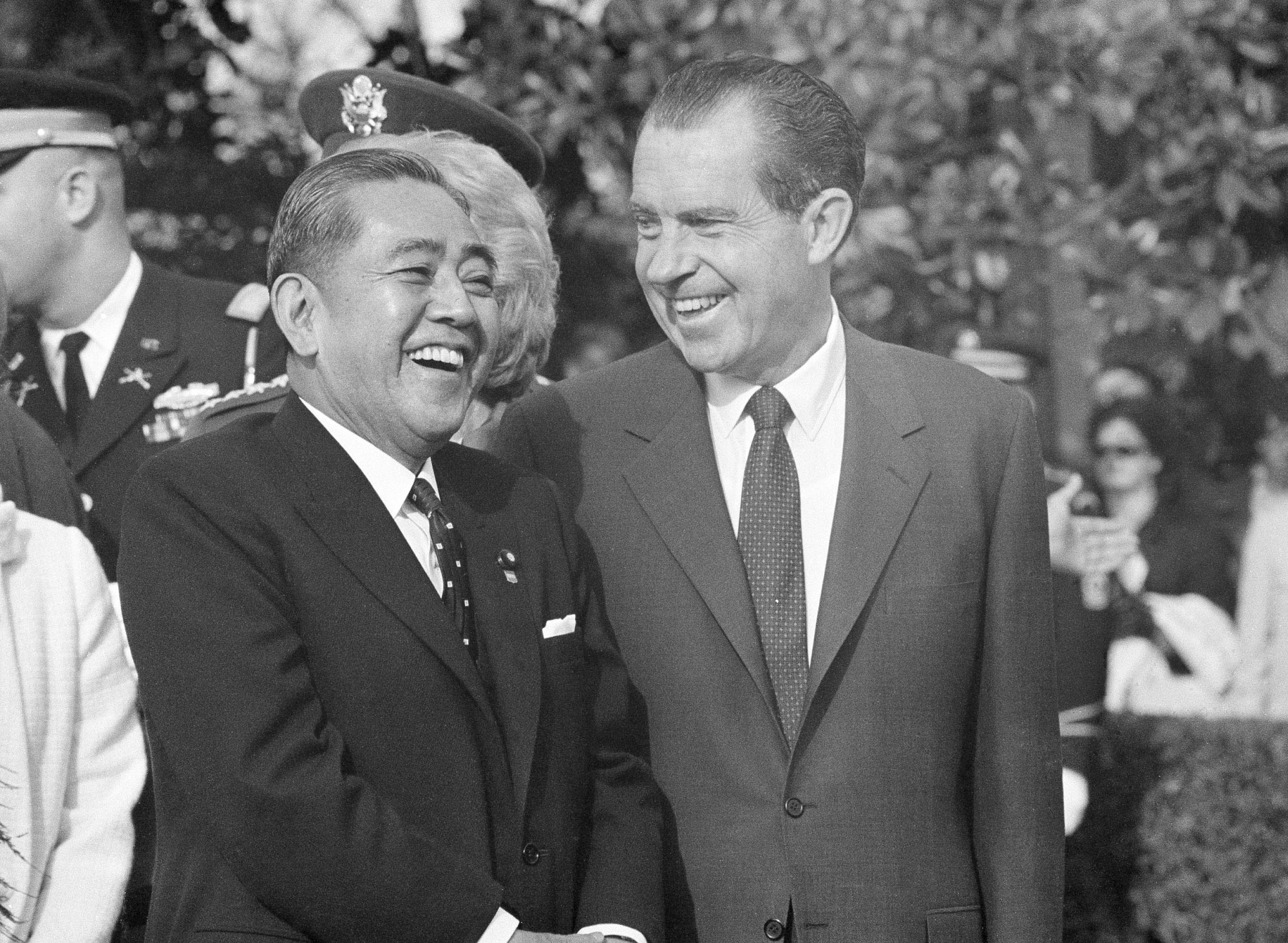Fifty years ago this month, Prime Minister Eisaku Sato, the great-uncle of the current prime minister, met with U.S. President Richard M. Nixon in Washington, where they "agreed that the two governments would immediately enter into consultations regarding specific arrangements for accomplishing the early reversion of Okinawa without detriment to the security of the Far East including Japan." They further agreed to expedite the consultations with a view to accomplishing the reversion during 1972 subject to the conclusion of these specific arrangements with the necessary legislative support.
The reversion would be completed on time, essentially following the formula set down by Sato's advisers on Okinawan policy earlier that year following the track 1.5 dialogue called the Kyoto Conference: "Seek return in three years, on par with the mainland, without nuclear weapons."
Okinawa's reversion wasn't perfect. American bases were not reduced to as great an extent as hoped for, or eliminated altogether as the more die-hard opponents called for. The Self-Defense Forces developed a presence there by moving onto vacated U.S. bases and a secret agreement allowing the U.S. military to reintroduce nukes in a contingency. But it was welcomed by most people in Okinawa and Japan, and lauded by many in the United States, knowing that the time for the Nansei Islands' return had long come.


















With your current subscription plan you can comment on stories. However, before writing your first comment, please create a display name in the Profile section of your subscriber account page.